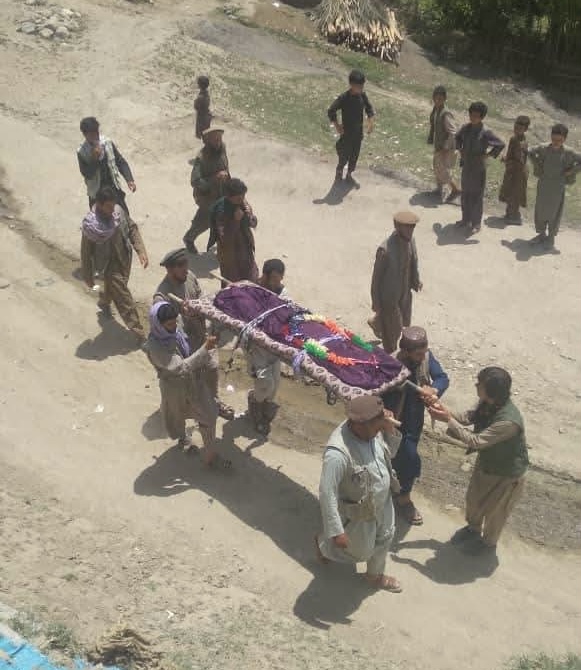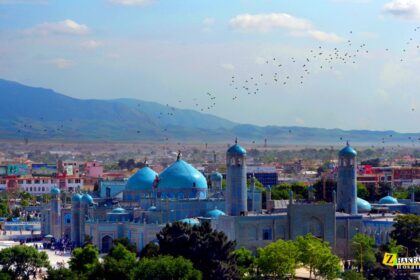RASC News Agency: In a tragic incident emblematic of the structural decay and economic despair gripping Taliban-controlled Afghanistan, two teenagers were killed and a child was injured when the roof of a mud-brick home collapsed in the remote village of Khasar, located in Shahri Buzurg district of Badakhshan province. According to Mawlawi Mohammad Akram Akbari, the Taliban-appointed director of Disaster Management in Badakhshan, the collapse occurred around 10:00 PM. “A 17-year-old girl and a 14-year-old boy died at the scene, while a 10-year-old child sustained injuries and is currently receiving medical treatment,” Akbari confirmed.
Local residents attributed the collapse to persistent and intense rainfall, which had critically weakened the structural integrity of the roof. The family, like many in the region, had neither the financial resources nor access to state support for maintenance or reconstruction. The village of Khasar mirrors a broader humanitarian and infrastructural crisis engulfing rural Afghanistan a crisis that has worsened under Taliban rule. In the absence of any sustainable state investment or reconstruction programs, residents in remote districts are left to fend for themselves in increasingly dilapidated housing vulnerable to weather extremes, earthquakes, and landslides.
Despite Badakhshan’s richness in mineral resources including gold local communities remain mired in deep poverty. Residents in Shahri Buzurg bitterly note that non-local elites and Taliban-linked businessmen continue to plunder local gold mines, extracting immense wealth and transporting it out of the province, while local families struggle to afford basic necessities, let alone strengthen their deteriorating homes. “They take our gold, but we can’t even fix our roofs,” said one village elder. “All we are left with is grief and silence.” The Taliban, who have centralized control but failed to build effective institutions, have made little effort to address rural housing vulnerability or introduce disaster-prevention measures. Their governance model dominated by repression rather than service has left vast swaths of the country exposed to preventable tragedies.
Local communities are now appealing to international relief organizations to intervene where the Taliban regime has failed. They demand immediate assessment of high-risk housing, emergency aid for at-risk families, and the provision of temporary shelters in anticipation of further rainfall and environmental shocks. This fatal roof collapse is yet another grim reminder of how Taliban neglect, economic collapse, and climate pressure are converging into a lethal cycle for Afghanistan’s most vulnerable particularly in provinces like Badakhshan, which remain on the margins of national policy and international attention.
As the regime continues to prioritize ideological control over infrastructure, human development, and basic services, the cost is being paid in innocent lives.






